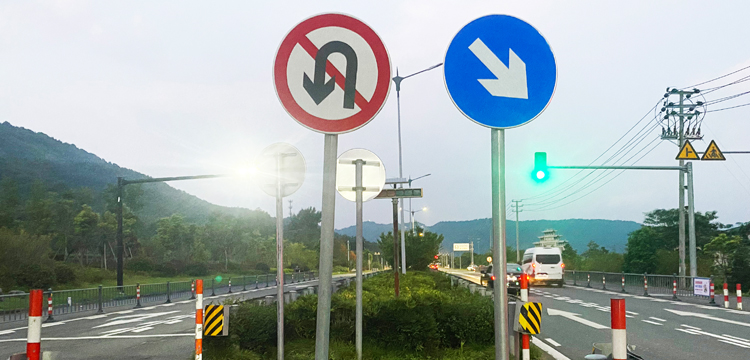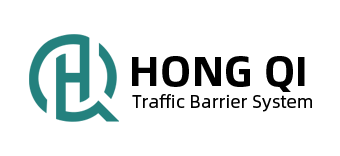Traffic Signs

What are traffic signs?
Traffic signs are road facilities that convey information, provide guidance, issue warnings, or restrict speeds to motorized, non-motorized, or pedestrian traffic along a roadway or in a specific area, either in words or symbols. These signs play a vital role in maintaining road safety, regulating traffic flow, and conveying important information to road users.
What are traffic signs called?
Traffic Signs also called traffic Signage, traffic control signs, road symbol signs, traffic safety signs, road signs, street signs, construct site signs, road work signs, regulatory signs,
How many types of traffic signs are there?
There exist numerous types of traffic signs, and the specific categories of traffic signs are subject to variation due to diverse traffic regulations and rules across different countries. Drawing on my extensive experience in sourcing from various nations, I have conducted a preliminary classification of traffic signs.
Regulatory Signs
Stop signs
Yield signs
Speed limit signs
No entry signs
One-way signs
No U-turn signs
Warning Signs
Curve ahead
School zone
Slippery road
Deer crossing
Traffic signal ahead
Guide Signs
Route markers
Exit signs
Mileage signs
Hospital signs
Airport signs
Informational Signs
Rest area signs
Gas station signs
Food and lodging signs
Tourist attraction signs
Construction and Maintenance Signs
Road work ahead
Detour signs
Construction zone speed limit signs
School Signs
School zone signs
School crossing signs
School bus stop ahead
Railroad Signs
Railroad crossing signs
Advance warning signs for railroad crossings
Parking Signs
No parking signs
Parking lot entrance signs
Handicapped parking signs
Traffic Signal Signs
Stop here on red signs
No turn on red signs
Lane use control signs
Emergency and Service Signs
Hospital signs
Fire station signs
Police station signs
Emergency evacuation route signs
Pedestrian Signs
Pedestrian crossing signs
Sidewalk signs
What is the purpose of a traffic sign?
Road traffic signs are to provide vehicle drivers and pedestrians with the necessary road traffic information to manage and guide traffic for the benefit of travel and driving safety.
Why are traffic signs important?
Traffic signs play a crucial role in maintaining road safety, regulating traffic flow, and passing on essential information to road users. Here are several reasons why traffic signs are important.
Safety Enhancement:
Accident Prevention: Traffic signs help prevent accidents by providing clear instructions and warnings to drivers, pedestrians, and cyclists. They communicate rules and regulations that, when followed, contribute to a safer road environment.
Risk Reduction: Warning signs alert drivers to potential hazards, such as curves, intersections, or pedestrian crossings, reducing the risk of accidents.
Traffic Flow Regulation:
Directional Guidance: Traffic signs, including guide signs and route markers, provide drivers with directions, helping them navigate and reach their destinations efficiently.
Control of Speed: Speed limit signs regulate vehicle speeds, contributing to a smoother and more predictable flow of traffic.
Communication of Rules and Regulations:
Regulatory Compliance: Traffic signs convey legal requirements and regulations, ensuring that drivers adhere to specific rules on the road, such as stopping at stop signs or yielding the right of way.
Enforcement Support: Traffic signs support law enforcement efforts by providing a standardized and visual means of communicating rules. They aid in issuing citations for non-compliance.
Pedestrian and Cyclist Safety:
Crosswalks and Pedestrian Signals: Pedestrian crossing signs and signals help ensure the safety of pedestrians by indicating where it is safe to cross and when they should wait.
Bicycle Lanes: Signs designate areas for cyclists, promoting their safety and indicating where they should ride.
Emergency Response:
Evacuation Routes: Traffic signs play a crucial role in emergency situations by indicating evacuation routes, helping people navigate safely away from danger.
Emergency Service Locations: Signs indicating the location of hospitals, fire stations, and police stations assist emergency services and the public during crises.
Consistency and Standardization:
Universal Understanding: Standardized traffic signs provide a universal language for road users. This is especially important for international travelers who may encounter different driving rules and languages.
Consistent Communication: By using consistent symbols, colors, and shapes, traffic signs ensure that messages are easily understood regardless of language barriers.
Construction and Road Work Safety:
Work Zone Indicators: Signs in construction zones warn drivers about upcoming road work, detours, and changes in traffic patterns, enhancing safety for both drivers and workers.
School and Community Safety:
School Zones: Signs in school zones help protect children by alerting drivers to reduce speed and be cautious.
Residential Areas: Traffic signs in residential areas may include speed limits and warnings to enhance safety in communities.
In conclusion, traffic signs are essential tools to create road order and safety. They not only deliver important messages and reduce the possibilities of traffic accidents to the minimum degree, but also contribute to the overall efficiency of transportation systems. Standardized signage ensures a consistent and clear communication system for road users globally. Please don’t hesitate to contact us [email protected] if you are interested




Leave a Reply
Want to join the discussion?Feel free to contribute!